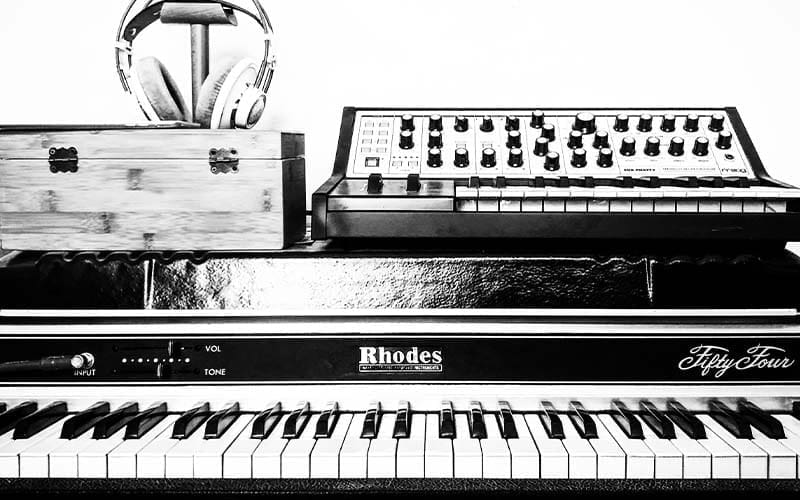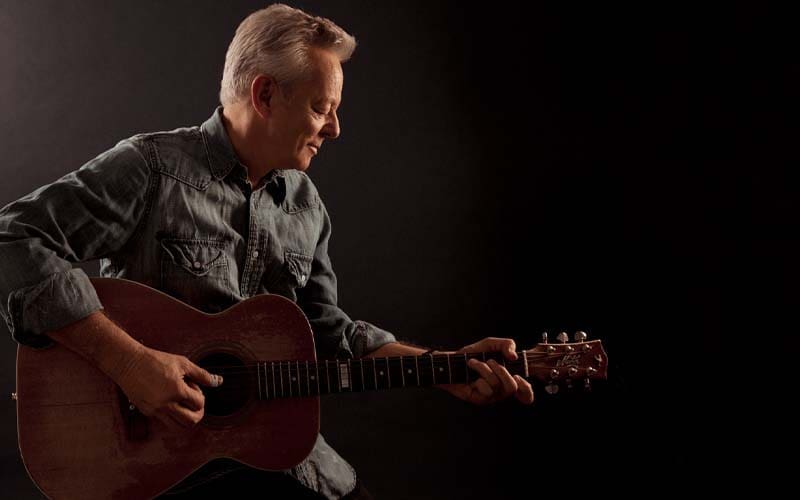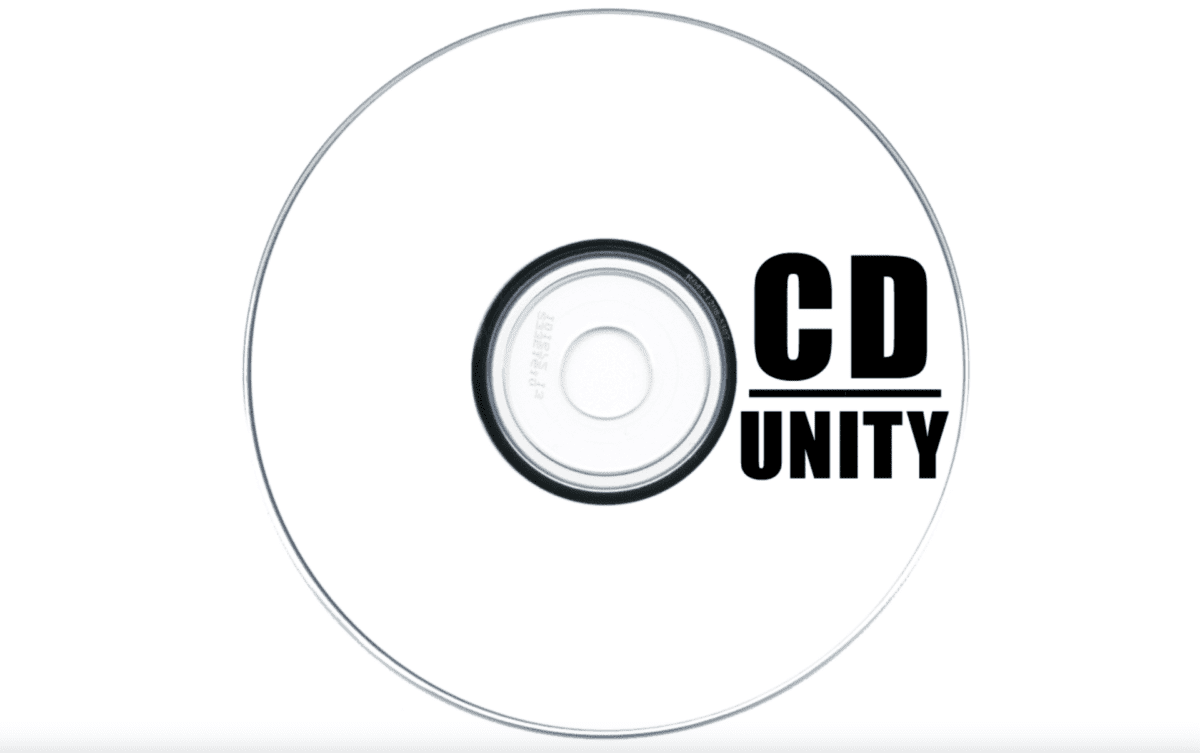When it comes to songwriting, it is relatively easy to define what is involved. We all understand that songwriting is the culmination of lyrics, melody and chords. However, the art of Arranging a song is much less understood. In this article, we’re going to look at exactly what is song arrangement and delve into how to arrange a song and some of the main song arrangement techniques that artists use.
What Is Song Arrangement In Music?
In its simplest form, arranging a song or piece of music is to take the core elements of the song and break them down into building blocks that you can then reshuffle and re-arrange into a different presentation. In some ways, it’s kind of like turning a movie into a Graphic Novel – you have the same elements of the story but you might slightly edit some elements in order to complete a new artistic vision.
When it comes to arrangement music has a huge breadth of scope, you can arrange a song by another artist but deliver it in a new style, or you can pick something that is already in the public domain and give it a new lease of life.

What Is The Difference Between Arrangement And A Cover?
It’s easy to think that a musical arrangement might just be a fancy name for a cover, and to some degree that is true – however, there is a subtle difference between the two. A cover tends to be a truer representation of the original work, whereas an arrangement generally implies some kind of adaptation – whether that it combining elements of a piece with new elements, re-ordering the original elements, substituting chords, or transposing the entire piece onto a new instrument and arranging it for that instrument.
Can You Copyright An Arrangement Of A Public Domain Song?
Yes! If you make an arrangement of something in the public domain (i.e. a traditional song or a piece of music that has exited its copyright period) then you can copyright that and you have the credit “arranged by”. A few examples of this include Thin Lizzy’s arrangement of Whiskey in the Jar, The Animals’ and The Outlaw Orchestra’s version of House of the Rising Sun and Aretha Franklin’s Amazing Grace.
Can You Copyright An Arrangement Of A Copyrighted Song?
No. If you arrange a song that is still under copyright, you will not receive any royalties for the arrangement of the song as all publishing and creator royalties still go to the original creators. (However, as a side note, if you release an arrangement or cover of a song you or your label would still own the mechanical copyright for that sound recording). A few examples of amazing arrangements of songs still under copyright would be Tommy Emmanuel’s version of Lady Madonna, Jeff Buckley’s version of Hallelujah and Andrew Oldham Orchestra’s version of The Last Time by The Rolling Stones.
How To Write An Arrangement

Writing an arrangement can be quite tricky. You want to keep the core parts of the song or piece that make it exciting and of course, you still want it to be recognisable as the original piece. When Rick Beato interviewed Tommy Emmanuel (arguably the greatest guitarist of all time and one of the most prolific and successful arrangers in the world), they spoke at some length about Emmanuel’s best-known arrangement – a version of The Beatles’ ‘Lady Madonna’ arranged for acoustic guitar. The Emmanuel version is incredibly exciting to listen to as well as being very technically impressive.
Beato’s question to Tommy Emmanuel was how he approaches an arrangement like Lady Madonna and Emmanuel responded that an arranger should always be sensitive to the melody and true to the intention of the melody. He also explained that when he’s arranging a piece of music, that piece of music is his sole occupation – he does not allow himself to work on anything else. These are great principles to have in mind when you are arranging as staying true to the melody of a song allows ensuring that your arrangement is going to do the original piece justice and make sure it is recognisable to your audience and focussing all of your creative energy on learning and arranging a piece forces you to really know the piece in an intimate way, which helps you as you start to play around and adapt it.
Here are some practical song arrangement techniques to get you started with arranging:
#1 – Harmony
Once you have a handle on the melody of the piece you are trying to arrange, you can take a look at how to adjust the harmony (the chords) around it. For example, you might decide to substitute a G major chord for its relative Minor (E Minor) or perhaps if your melody note is an E over an E Major chord, you might substitute it for a C Major, etc.
Playing with the harmony of a piece can not only give it an interesting new flavour and new lease of life but it can almost force the listener to pay more attention as they reconcile the original tune that they know with the new version they are presented with and try to work out why it sounds different.
#2 – Rhythm

Playing with the rhythm of a piece can have a huge impact on how the music impacts the listener, and again it adds a real sense of intrigue to the overall performance. A good example of this is Joe Cocker’s incredible version of The Beatles’ ‘With a Little Help from my Friends’ where Cocker’s band not only rock the hell out of the song but they also transform it into a 6/8 time signature as opposed to the original 4/4. This change in rhythm sends the song into an entirely different kilter and opens up a lot more space for the vocals to explore the melody line, which Cocker does in real style. Paul McCartney paid homage to Cocker for the transformation saying that he’d be forever grateful to Cocker for turning “the song into a soul anthem”.
#3 – Structure
As an arranger, you can take the building blocks of a song and re-order them. Rather than verse, chorus, verse, chorus – why not try Chorus, verse, Bridge, chorus or any other permeation you can think of. Think of it almost like re-editing a movie – there is nothing to stop you from pursuing a non-linear narrative, or even taking one part of a piece and simply looping that part to create a more minimalist piece that relies on different embellishments and variations around a central repeated theme.
#4 – Instrumentation
This is probably the most obvious, and arguably the most important, of all things to consider when you are arranging a piece of music. Taking a different instrumental approach to a song can totally transform it – for example, Jeff Buckley’s version of ‘Hallelujah’ by Leonard Cohen strips the song right back to just single electric guitar and vocals with a delivery that has made it more commercially successful than Cohen’s original composition.

Other great examples of instrumental changes include Lucky Chops’ awesome brass version of Adele’s ‘Hello’, The Zoo Community Jazz Band’s synthwave epic version of Dolly Parton’s ‘Jolene’, Johnny Cash’s incredible take on Nine Inch Nails’ Hurt or Glenn Campbell’s version of Green Day’s Good Riddance complete with mandolin.
One thing to highlight when it comes to arrangements and instrumentation is that it’s important to understand the technical elements of how instruments work in order that you can score effectively for them. For example, if you are writing for Trumpets, you need to understand that they are a Bb instrument which means that a C played on the trumpet is actually a Bb at concert pitch – so when you are scoring your arrangement for Trumpets, you need to make sure that you score them so that you account for the different key of the instrument. You also need to know the range of a trumpet – whilst there is an argument to say that the accepted range of a trumpet is more of a guide (a highly-skilled trumpeter can make notes that exceed the official range of the instrument) it’s good to try and make sure that your arrangement can actually be performed by the instruments and musicians that you are scoring for.
Similarly, if you’re scoring for pedal steel guitar it helps to know what the different pedals and knee levers do and how you score for that instrument so you can make sure your manuscript makes sense and if you’re scoring for piano it’s good to know that some players physically cannot play a 13th in one hand due to the size of their hands and the keys.
That Was Our Guide To Song Arrangement!
Musical arrangement is arguably one of the hardest activities a musician can commit to doing. Not only is there a level of pressure to deliver a compelling arrangement that is interesting to the listener but that also honours the original, there is also the technical knowledge required to arrange a piece of music – and this is almost the bigger element. Arranging is by its very nature a freeing exercise as you take something that you already know and transform it into something else – it’s a great exercise to do in respect of generating new ideas and in building your own musicality and skill. The best thing to do is to try it and see how you get on!










